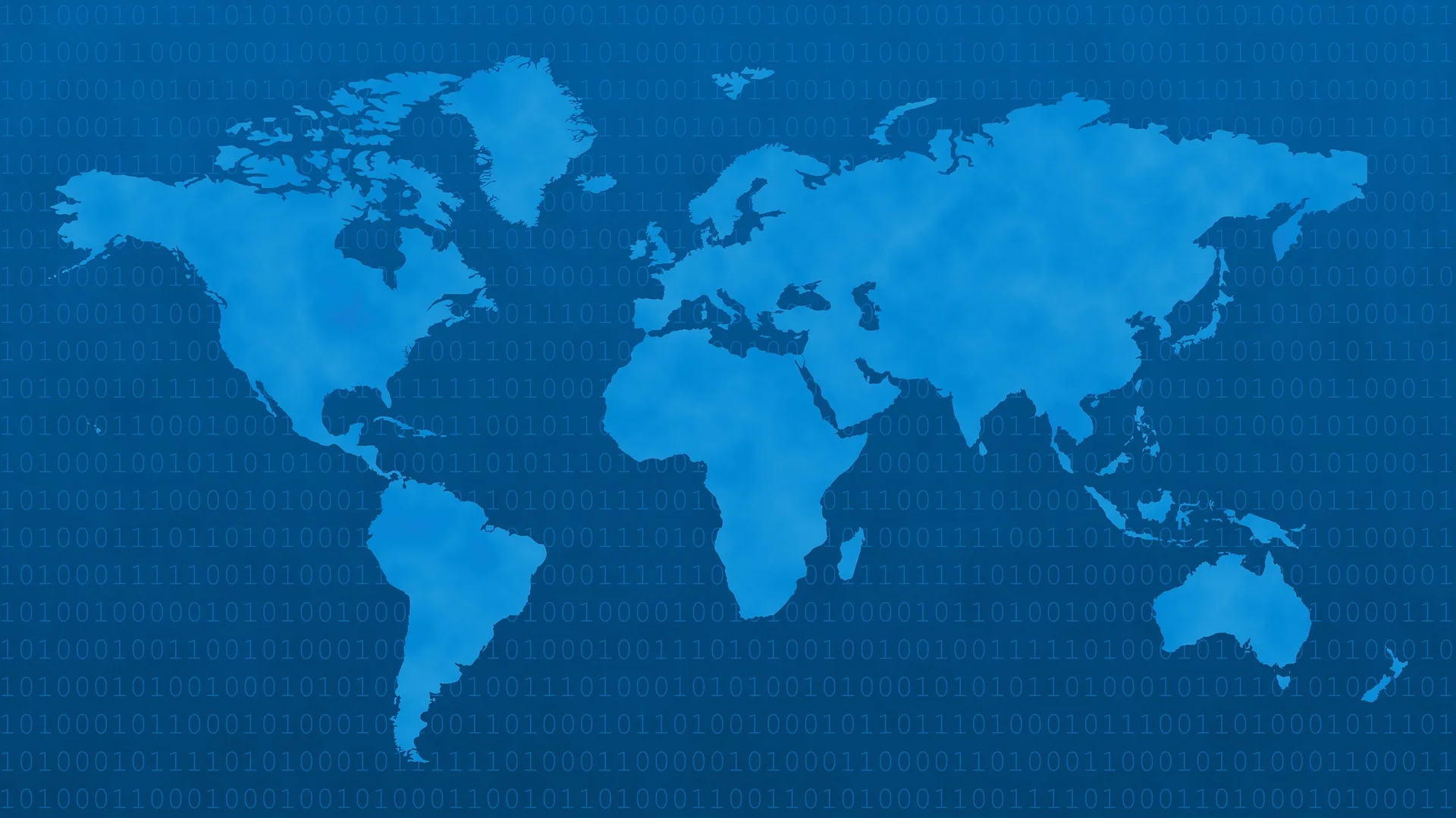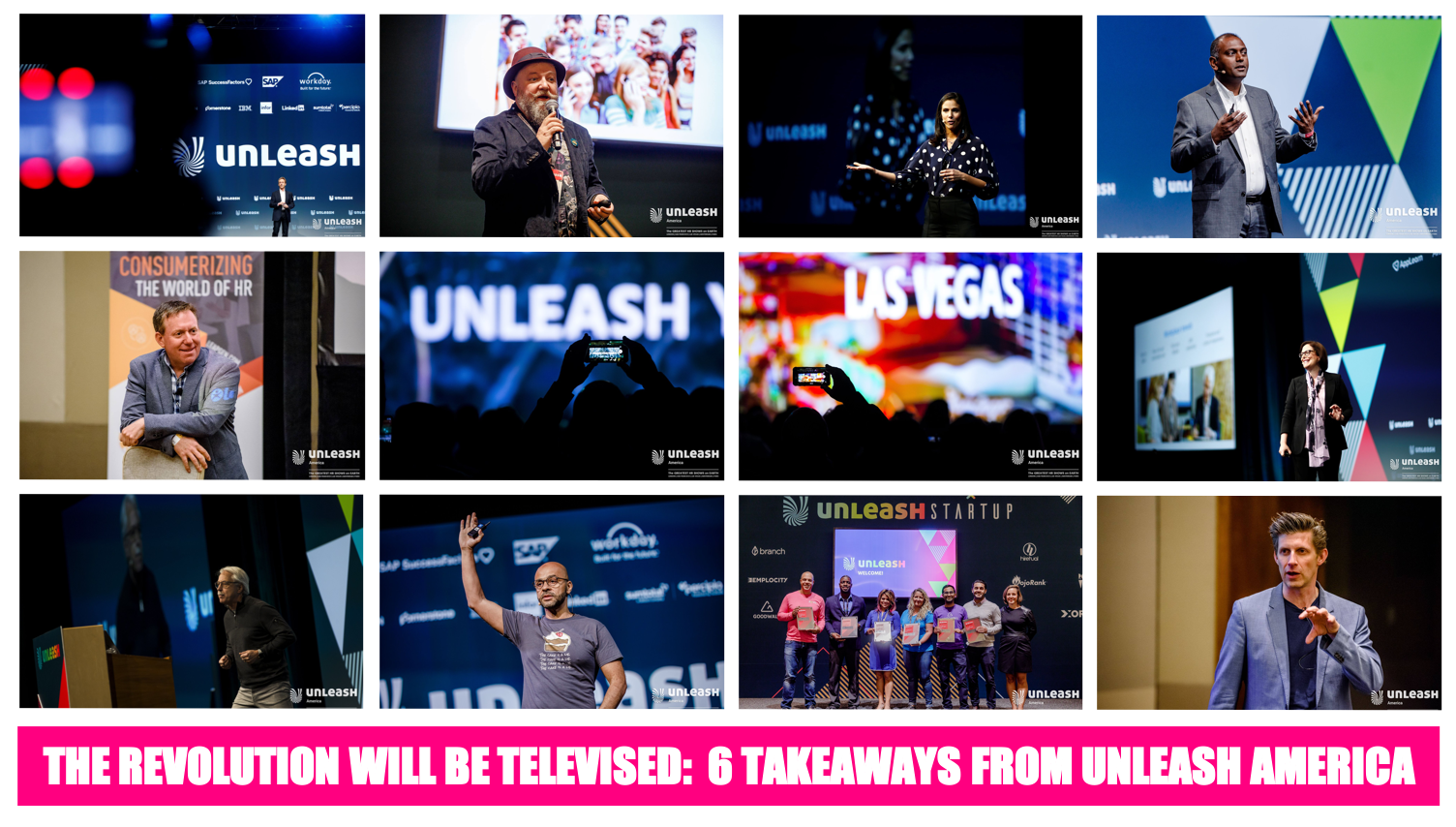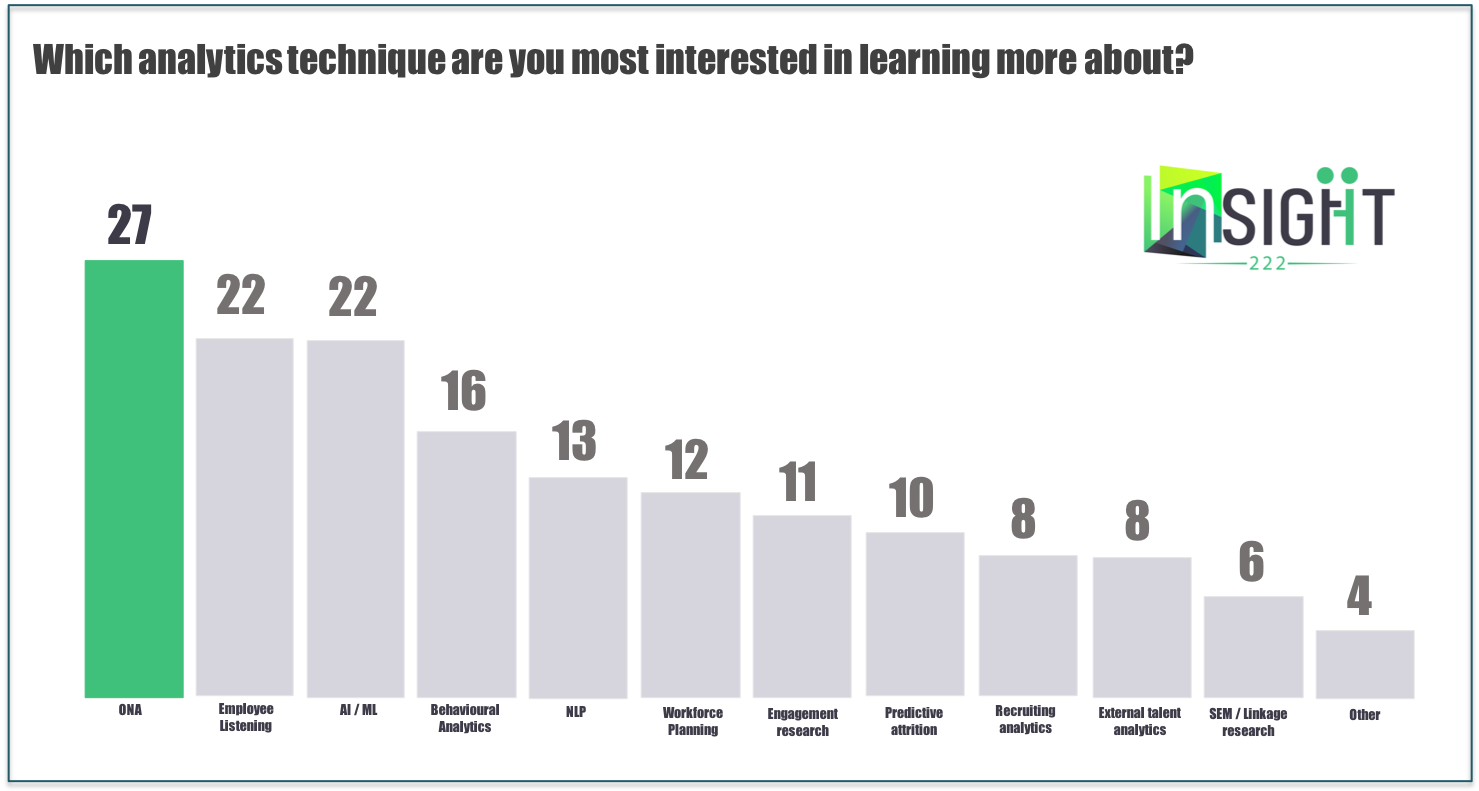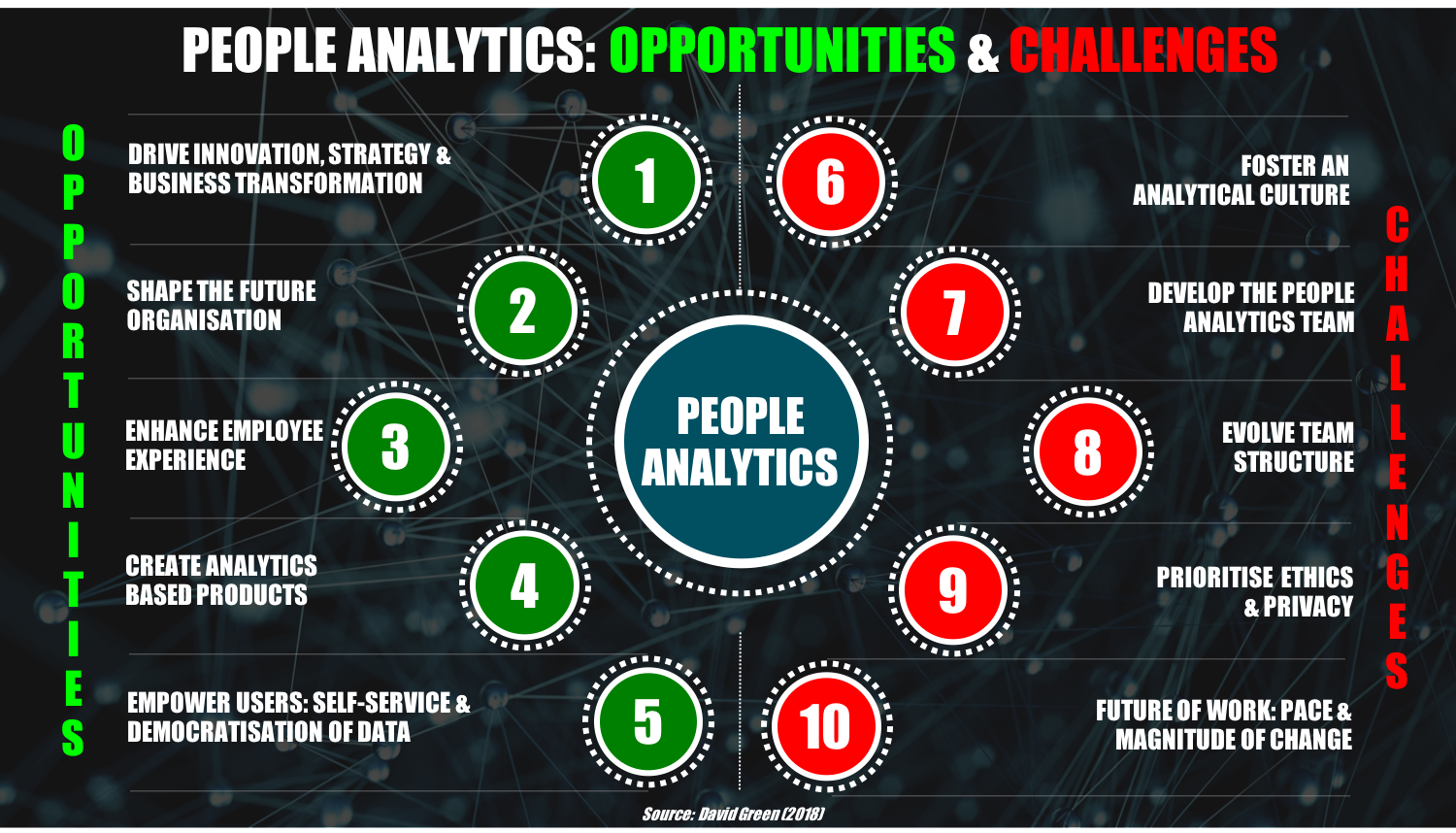In my collection for November I’ve selected articles under the following seven topics: Getting started, building capability, the role of the people analytics leader, ethics and privacy, emerging data sources and techniques, data literacy and for the analyst. There’s also another classic article from the vault as well as the best podcast and video of the month. Enjoy!
The best HR & People Analytics articles of July 2018
July’s collection of the best articles on people analytics and the future of work features new research from Visier, which articulates the link between firm financial performance and proficiency in people analytics. There are also articles from the likes of Richard Rosenow, Bernard Marr and John Boudreau, and a special focus on the future skills required by HR professionals and CEOs.
The best HR & People Analytics articles of June 2018
Data Driven HR #2: The Future of Work
The revolution will be televised: six takeaways from UNLEASH America
The role of Organisational Network Analysis in People Analytics
One of the most exciting trends in people analytics is the rapid growth of Organisational Network Analysis (ONA), which whilst not new is witnessing a resurgence thanks to developments in technology, new ways of working and changing business requirements.
When I meet with people analytics leaders, ONA regularly crops up in the conversation as one of the techniques that they have either already begun to use or plan to deploy within their organisations.
Indeed, research conducted by Insight222 towards the end of 2017 (see Figure 1 below) found that ONA was the analytical technique that people analytics leaders most wanted to learn more about.
Figure 1: Organisational Network Analysis is the technique that HR & People Analytics leaders most want to learn more about (Source: Insight222)
The role of ONA in people analytics was the topic of my presentation at UNLEASH in Las Vegas on 15 May. The slides I used during my speech are included here. The purpose of this article is to answer the following questions I regularly get asked about ONA:
- What is ONA?
- Why is ONA growing in importance?
- What is ‘Active’ and ‘Passive’ ONA? Which one should we use? Can we use both?
- What can we use ONA for?
- What case studies on ONA are available?
- Where can I find out more about ONA?
WHAT IS ONA?
If you Google ‘Organisational Network Analysis’, you will uncover a lot of dry and technical descriptions of what ONA is, which are mostly a variation of “Organisational Network Analysis is a structured way to visualise how communications, information and decisions flow through an organisation” (which came from Deloitte).
I prefer Michael Arena’s description in his excellent recent podcast with Al Adamsen, where the Chief Talent Officer of GM defined ONA as providing “a new lens to evaluate how people show up in an organisation.
"ONA provides a new lens to evaluate how people show up in an organisation"
Similarly, in his article ‘What is ONA?’, Professor Rob Cross, arguably the world’s foremost expert on the subject, explains that “ONA can provide an x-ray into the inner workings of an organisation — a powerful means of making invisible patterns of information flow and collaboration in strategically important groups visible”. In the same article, Cross provides a perfect example to illustrate this viewpoint and how ONA enables you to see what is going on in a company.
Figure 2 - An example of the insights offered through ONA (Source: Rob Cross)
The example in Figure 2 is of an ONA project undertaken by Cross with the exploration and production division of a large petroleum organisation. It identifies mid-level managers critical to information flow such as Mitchell, who is the only point of contact between members of the production division and the rest of the network. It also highlights that the Senior Vice President Mares is peripheral to the network and is essentially an untapped and under-utilised resource, whilst the Production team is isolated and separated from the network. None of this is visible from the rickety old org chart.
Head over to LinkedIn to read the remainder of: The role of Organisational Network Analysis in People Analytics
Data Driven HR #1: Welcome to the new world
The best People Analytics articles of March 2018
The blanket news coverage and general opprobrium following the expose of the Cambridge Analytica/Facebook data breach was a good reminder that ethics and data privacy is arguably the most important part of any analytics program – particularly when it comes to HR and employee data.
With perfect (but albeit fortunate) timing, the role of ethics in people analytics was the subject of my presentation at UNLEASH in London little more than three days after the full extent of Cambridge Analytica’s practices were exposed. My article Don’t Forget the ‘H’ in HR, which highlights research and case studies in this area before outlining recommendations for people analytics teams is hopefully a helpful addition to resources about ethics and people data. Certainly, Tracey Smith’s article 5 Ways to Better Protect Your Confidential Data is well worth a read.
From UNLEASH in London, I flew to the US to attend the Wharton People Analytics Conference where ethics featured prominently in the program perhaps most notably in DJ Patil’s and Charles Duhigg’s fascinating keynote discussion – more on this in the next few weeks.
Turning to this month’s choice of articles…
1. JEFFREY PFEFFER & DYLAN WALSH - “The Workplace Is Killing People and Nobody Cares”
Kicking off this month’s selection is a powerful interview in Stanford Business with Jeffrey Pfeffer about his new book ‘Dying for a Paycheck’, which provides a damning indictment on how the workplace is literally killing people. Not only do modern management practices engender stress, damage engagement and destroy the mental and physical health of employees, Pfeffer also emphasises the massive harm it causes company performance too. This is why the field of people analytics is so important as done well it can shine a light on the damage the practices outlined by Pfeffer cause organisational performance, team dynamics and individual well-being. One can only hope that business leaders around the world read Pfeffer’s book, heed his warnings, say enough is enough and reverse the damage they are causing.
To read the other articles comprising the Top 10 People Analytics articles of March 2018, please read the full blog on LinkedIn.
Analytics of the people, by the people, for the people
Yes, it’s a slightly grandiose title: it might make a few people smile; it’ll probably make many more sigh. Some may even consider it Lincolnesque(!), but the People Analytics & Future of Work (PAFOW) conference that took place on 1-2 February in San Francisco definitely deserves such a lavish title.
In my three years first attending and now co-chairing PAFOW, the conference has always stood out from the crowd as being the richest for content, shared learning and participative collaboration amongst delegates. That is down to the environment of trust and curiosity that has been created by Al Adamsen and the PAFOW team. The latest edition of PAFOW was the best yet, and every delegate I spoke to during and after the event concurred with that sentiment.
As ever, Al created a panel of speakers that represented a veritable who’s who of the people analytics space and an agenda that ably demonstrated how the field is both broadening and deepening its reach. Whereas in prior years, the focus of people analytics has very much been on creating business value, PAFOW confirmed that the emphasis is now almost as equally on creating value for the employee (hence the ostentatious title of this article!).
It is an exciting time to work in the people analytics space. Interest levels have never been so high, and with Josh Bersin revealing in his speech that 69% of large organisations now have a people analytics team, growth may finally be set to become exponential. As the perfect storm of technology, rising employee expectations and digitisation converge, so the opportunities (and challenges) facing people analytics teams become more substantial.
Figure 1 represents my synopsis of the main opportunities and challenges that were discussed at PAFOW. This is not an exclusive list as many other opportunities and challenges exist in our space, but it does represent a healthy proportion and provides a basis for summarising the key themes that emerged at PAFOW.
Please head over to LinkedIn to read the rest of Analytics of the people, by the people, for the people
Top 10 People Analytics articles of January 2018
2018 has certainly started with a bang. I had the pleasure of being co-chair of the best People Analytics & Future of Work (PAFOW) conference yet last week in San Francisco (write-up to follow next week).
As my co-chair Al Adamsen so presciently outlined in his opening to the conference, people analytics has evolved into its third iteration, whereby value is increasingly being delivered to employees. Subsequent speeches from the likes of RJ Milnor, Jeremy Welland, Jonathan Ferrar, Josh Bersin, Charlotte Nagy and Gianpaolo Barozzi reinforced this sentiment.
This demonstrates that people analytics is moving in the right direction and with Bersin by Deloitte’s recent High-Impact People Analytics study finding that 69 per cent of large organisations now have a people analytics team, the growth of the discipline shows no signs of abating.
As the use of people analytics broadens and deepens within organisations so does the amount of literature published on the field. This means that my previous strategy of collecting and curating the best articles on a bi-monthly basis is no longer enough. Henceforth, this series will appear on a monthly basis and not only gather the best articles, but the best podcasts on people analytics too.
So without further ado, here are my favourite 10 articles and 3 podcasts from January on people analytics and its role in both the future of work and the evolution of the HR function:
1. VOLKER JACOBS – The WHAT and HOW of a Digital HR Strategy
One of the reasons that interest in and adoption of people analytics is rising is its integral role in digital HR strategy. Indeed, as Volker Jacobs outlines in this excellent piece, analytics is one of the three key priorities of a digital HR strategy: i) actively manage the customer expectation of the function, ii) develop the organisation from jobs to skills based, and iii) provide people analytics insights. As Volker correctly asserts, digital HR is not simply about digitising what HR has done in the past, but is an opportunity to do things differently (and better). Volker’s model illustrates perfectly the enhancements that are needed to innovate and shift the culture of HR. Data and analytics is fundamental to this shift. This is a must-read for any HR or business leader about to or thinking of embarking on a digital HR strategy.
To read the other articles comprising the Top 10 People Analytics articles of January 2018, please read the full blog on LinkedIn.













